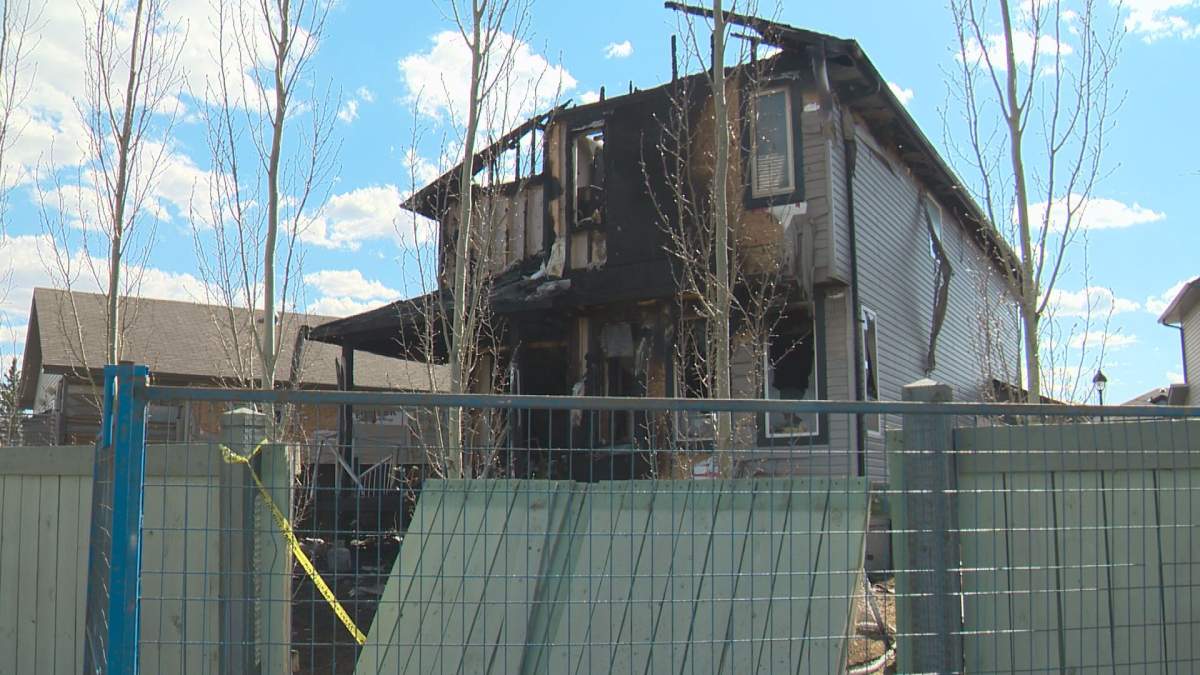While the number of fires in Edmonton has remained about on par with previous years, firefighters have noticed a concerning trend in 2018.

The amount of damage caused by smoking-related fires is on track to double from last year. The total estimated damage from fires last year started by cigarettes reached $3.2 million, so far this year it’s at the $2.7 million mark.
“Smoking fires are really causing quite large and significant fires that are causing a lot of damage,” fire prevention officer Cameron Aplin said. He’s not sure why the message of putting out your cigarette doesn’t seem to be sticking.

Get daily National news
“Unfortunately, it’s something that we’re trying to deal with and we’re really trying to advertise and get the message out there that it is an issue in Edmonton specifically.”
Edmonton Fire Rescue’s Stub it Right program is aimed at educating people about the danger of improperly disposing cigarette butts. It recommends things like making sure smoking materials are not thrown in planter pots or other combustible containers and not throwing them out of car windows.
Even with the cold start to spring this year, Aplin said the weather doesn’t make a difference if people are careless with their butts.
“Fires can happen at any given time, so it’s really important that people are always being conscious in any season and any weather.”
The number of fires started by cigarettes remains about constant. Last year it was 61, and it’s at 27 so far this year.
Overall, calls to blazes in Edmonton are up from 2017 but close to numbers from two years ago, which Aplin says can fluctuate from year to year.





Comments